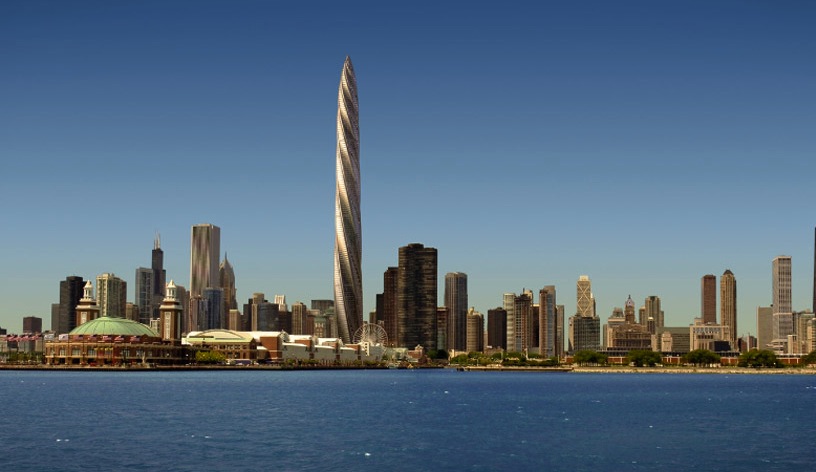In the world of tall building construction, projects can stall for any number of reasons—financial, political, cultural—and for long periods of time.
The CTBUH Research team, in the latest installment of Tall Buildings in Numbers, has undertaken to find the top 20 tallest never-completed buildings, and the 15 longest construction periods from 1985 to the present, listing the stop and start dates, and last known status of these 35 projects.
We learned a lot along the way, turning up some interesting findings on familiar names and long-forgotten projects alike, including:
• Now over 28 years since it started construction, Ryugyong Hotel in Pyongang holds the record for longest construction period by over seven years.
• There are 50 buildings 150 meters or taller currently on hold (i.e., construction had started and stopped, but is planned to resume) around the world.
• The Palace of Soviets in Moscow was actually started in 1937, but construction was halted during frame construction with the coming of World War II. It would have been topped with a statue of Joseph Stalin, making it the world’s tallest structure
• Now over 28 years since it started construction, Ryugyong Hotel in Pyongang holds the record for longest construction period by over seven years.

CLICK IMAGE TO ENLARGE Source: CTBUH

CLICK IMAGE TO ENLARGE Source: CTBUH
Related Stories
| Aug 11, 2010
'Flexible' building designed to physically respond to the environment
The ecoFLEX project, designed by a team from Shepley Bulfinch, has won a prestigious 2009 Unbuilt Architecture Design Award from the Boston Society of Architects. EcoFLEX features heat-sensitive assemblies composed of a series of bi-material strips. The assemblies’ form modulate with the temperature to create varying levels of shading and wind shielding, flexing when heated to block sunlight and contracting when cooled to allow breezes to pass through the screen.
| Aug 11, 2010
New book provides energy efficiency guidance for hotels
Recommendations on achieving 30% energy savings over minimum code requirements are contained in the newly published Advanced Energy Design Guide for Highway Lodging. The energy savings guidance for design of new hotels provides a first step toward achieving a net-zero-energy building.
| Aug 11, 2010
Perkins+Will master plans Vedanta University teaching hospital in India
Working together with the Anil Agarwal Foundation, Perkins+Will developed the master plan for the Medical Precinct of a new teaching hospital in a remote section of Puri, Orissa, India. The hospital is part of an ambitious plan to develop this rural area into a global center of education and healthcare that would be on par with Harvard, Stanford, and Oxford.
| Aug 11, 2010
Burt Hill, HOK top BD+C's ranking of the nation's 100 largest university design firms
A ranking of the Top 100 University Design Firms based on Building Design+Construction's 2009 Giants 300 survey. For more Giants 300 rankings, visit http://www.BDCnetwork.com/Giants
| Aug 11, 2010
PBK, DLR Group among nation's largest K-12 school design firms, according to BD+C's Giants 300 report
A ranking of the Top 75 K-12 School Design Firms based on Building Design+Construction's 2009 Giants 300 survey. For more Giants 300 rankings, visit http://www.BDCnetwork.com/Giants
| Aug 11, 2010
Turner Building Cost Index dips nearly 4% in second quarter 2009
Turner Construction Company announced that the second quarter 2009 Turner Building Cost Index, which measures nonresidential building construction costs in the U.S., has decreased 3.35% from the first quarter 2009 and is 8.92% lower than its peak in the second quarter of 2008. The Turner Building Cost Index number for second quarter 2009 is 837.







